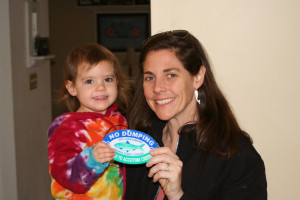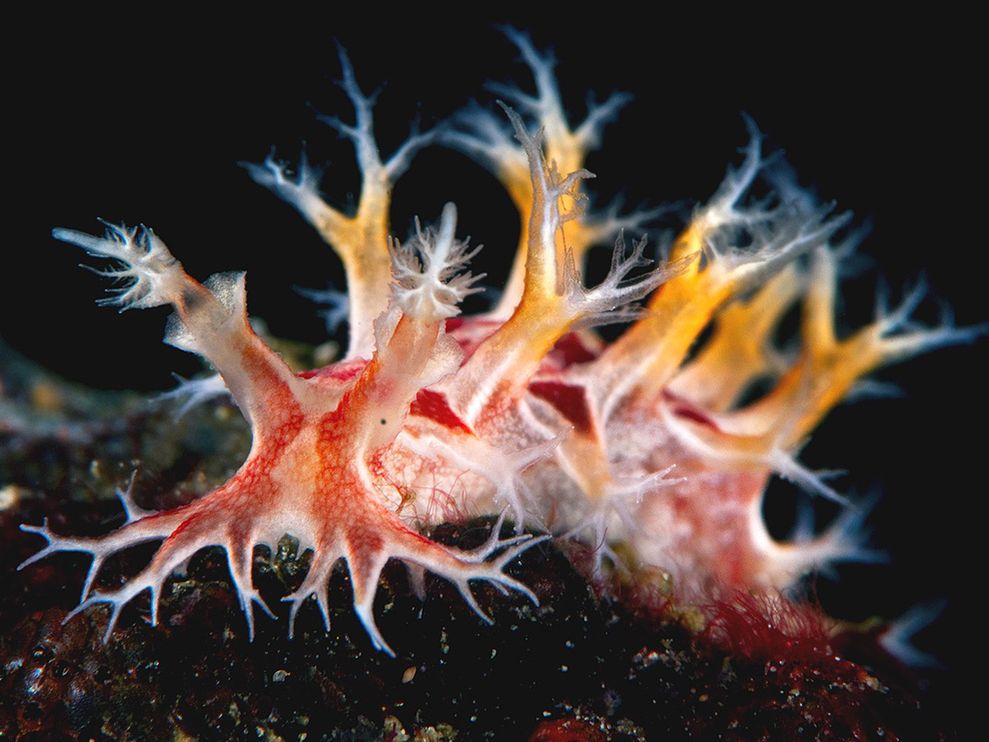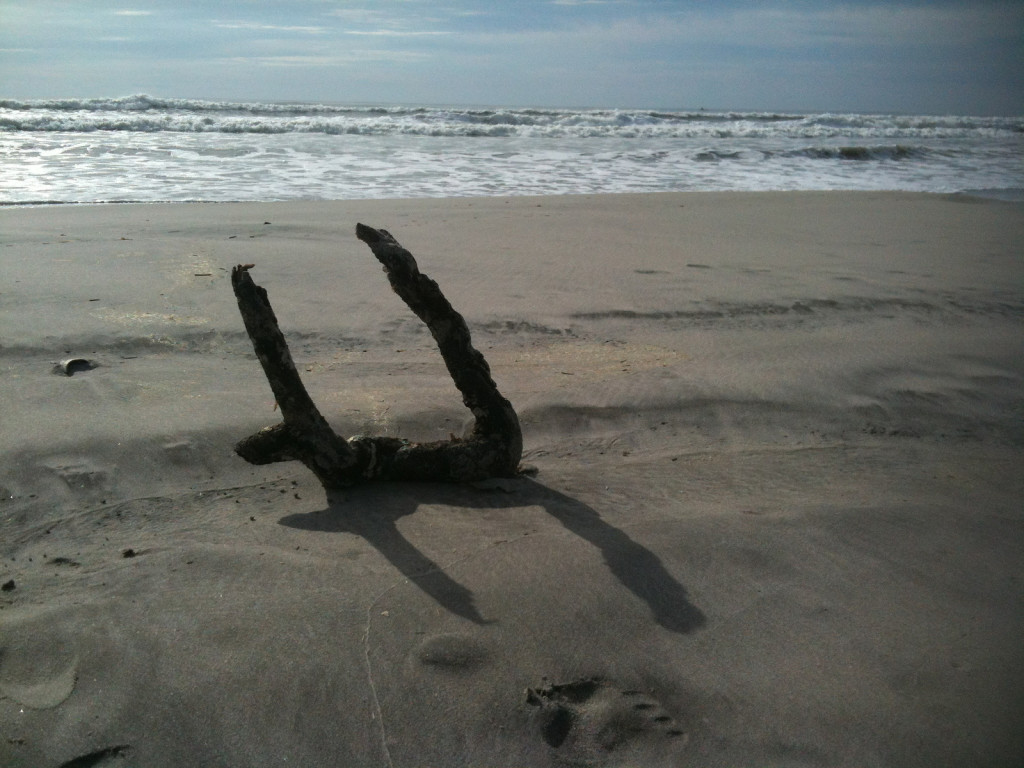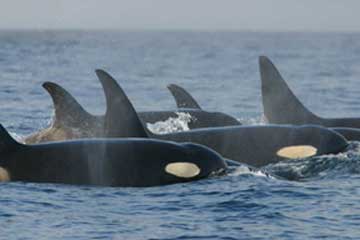This past Friday I had a particularly curious and enthusiastic fifth block Oceanography class. All of their questions were marine science related so I broke out some notecards and asked them to write all of their burning inquiries down. I wanted to tackle them thoughtfully … here I am! My students are amazing inspiration and I’m quite grateful to them for some fun reason to get back to writing here.
My most entertaining question was “What’s the most extravagant animal in the ocean?” I mean, there are just so many ways to think on it. I asked on Twitter and got lots of good ideas … Since I spend my days in a high school, I went with some superlative options. These are a few I came up with but I am looking to see what you all might think: Octopus (Most likely to win a Noble Prize in Physics), Frogfish (Most confident), Erect-crested penguin (Coolest hair), Leafy sea dragon (Best dressed), or the Whale shark (Biggest life of the party).
Please send some other suggestions!












 and not as intimidating as people once thought.
and not as intimidating as people once thought.







What people are saying …